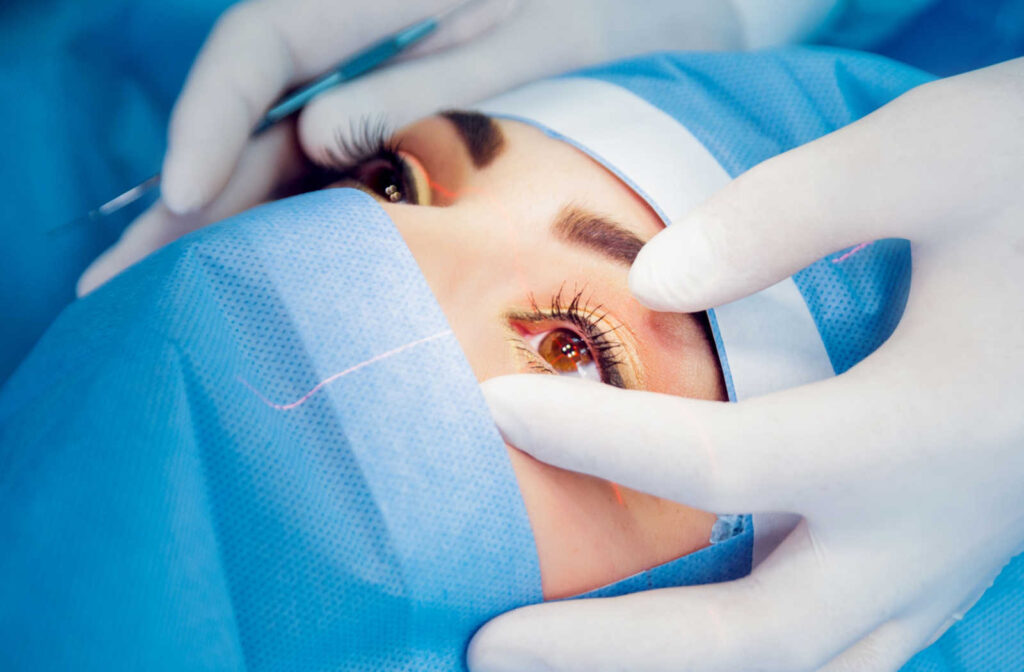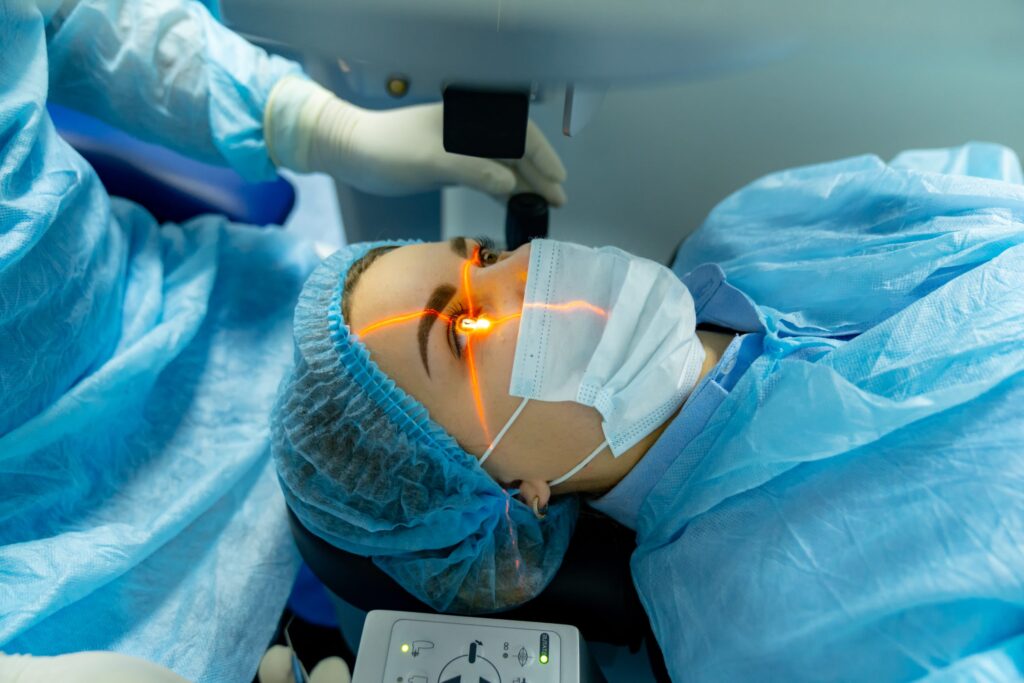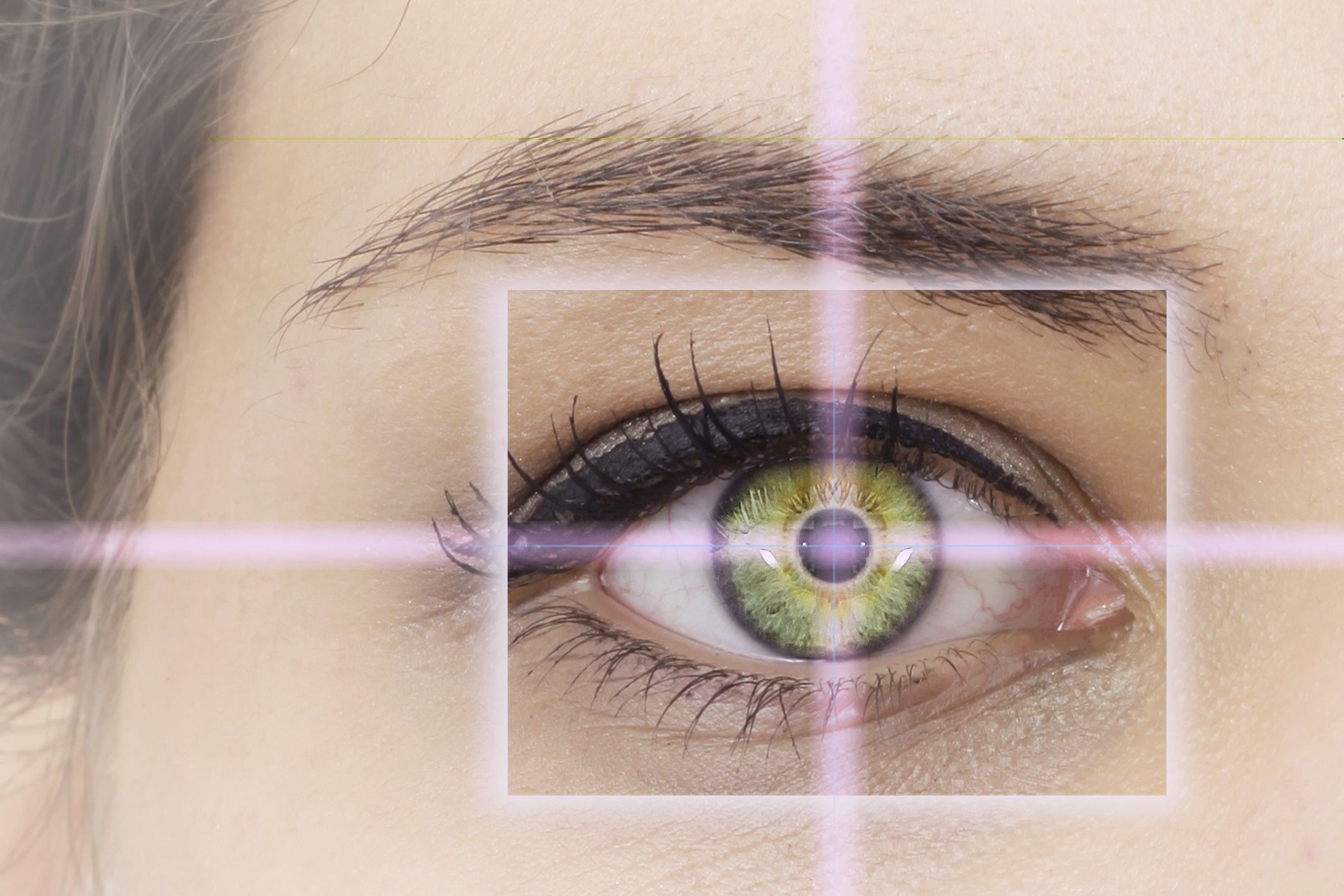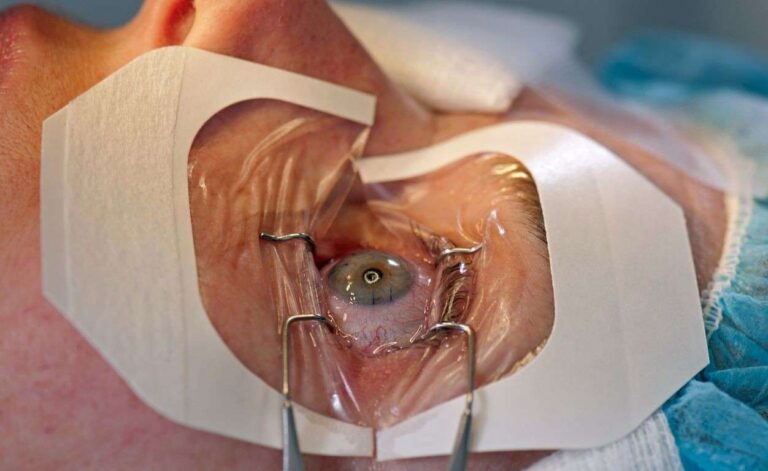The Benefits of Eye Surgery LASIK for Vision Correction
Over the years, LASIK (Laser-Assisted In Situ Keratomileusis) has emerged as one of the most popular methods for vision correction. Millions of individuals worldwide have made the decision to undergo this innovative surgical procedure, resulting in improved vision and enhanced daily experiences. In this article, we’ll delve into the intricacies of LASIK, exploring its benefits, the procedure itself, as well as potential risks and considerations, to help you make an informed decision.
Understanding LASIK: A brief overview
LASIK surgery represents a significant advancement in the field of ophthalmology, allowing patients to achieve clearer vision without the need for glasses or contact lenses. This section will demystify the procedure and explain its underlying principles.
During the eye surgery lasik, a laser is used to create a thin flap in the cornea, allowing the surgeon to access the underlying tissue. Subsequently, a second laser reshapes the corneal surface according to the patient’s specific vision needs, after which the flap is repositioned. The entire procedure typically lasts less than 30 minutes for both eyes. This efficiency, combined with the minimal discomfort reported by patients, has contributed to LASIK’s popularity as a preferred option for vision correction.
What is LASIK surgery?
LASIK is a refractive surgical procedure designed to correct common vision issues, such as myopia (nearsightedness), hyperopia (farsightedness), and astigmatism. By reshaping the cornea, the eye’s outer layer, LASIK enables light to be correctly focused onto the retina, leading to clearer vision. Since its introduction in the 1990s, the procedure has been refined to enhance safety and efficacy.
Moreover, the recovery time associated with LASIK is remarkably swift. Many patients notice an improvement in their vision almost immediately after the procedure, with most returning to their normal activities within a day or two. This rapid recovery is one of the key factors that make LASIK an attractive choice for individuals with busy lifestyles, as it allows them to resume work and other daily tasks with minimal interruption.

How does LASIK work?
The LASIK procedure operates on the principle of precisely reshaping the cornea through the application of laser technology. The first step involves numbing the eye with anaesthetic drops, ensuring the patient is comfortable throughout the process.
Once the numbing is effective, the surgeon utilises a microkeratome or a femtosecond laser to create the corneal flap. After the flap is lifted, an excimer laser is employed to reshape the cornea. This sophisticated laser technology utilises ultraviolet light energy to remove microscopic amounts of corneal tissue, allowing the surgeon to achieve the desired corneal curvature. After reshaping, the flap is carefully placed back into its original position, where it bonds naturally without the need for stitches.
In addition to its technical aspects, LASIK also benefits from advancements in diagnostic tools that allow for personalised treatment plans. Prior to the surgery, patients undergo comprehensive eye examinations, including wavefront analysis, which maps the unique imperfections of their vision. This tailored approach not only enhances the accuracy of the procedure but also improves the overall outcomes, leading to higher patient satisfaction rates. As a result, LASIK has become a cornerstone in the realm of vision correction, offering a reliable solution for those seeking freedom from corrective eyewear.
The potential benefits of LASIK
Opting for LASIK surgery can offer numerous advantages for those seeking to improve their eyesight. In this section, we will explore these benefits in detail.
Improved visual acuity
One of the most notable benefits of LASIK is the significant improvement in visual acuity experienced by many patients. Post-surgery, a high percentage of individuals achieve 20/25 vision or better, which is often sufficient for most daily activities, including driving and reading. This enhancement can often be realised within a day or two following the procedure.
Moreover, the results of LASIK are long-lasting, with many patients enjoying clear vision for years, and often decades, after the surgery. This enduring improvement significantly contributes to the overall satisfaction of many LASIK recipients. In fact, numerous studies have indicated that the vast majority of patients are not only pleased with their visual outcomes but also express a high level of contentment regarding their decision to undergo the procedure. The ability to wake up each morning with clear vision can be a transformative experience, allowing individuals to embrace their daily routines with renewed enthusiasm.
Freedom from corrective eyewear
For many, the daily hassle of wearing glasses or contact lenses can be cumbersome. LASIK offers the promise of freedom from these optical aids. Post-surgery, many individuals no longer rely on corrective eyewear, allowing them to enjoy activities without the constraints imposed by glasses or lenses.
This liberation is not only practical but also restores a sense of confidence for those who may have felt restricted by their visual impairments. Imagine heading out for a swim or joining a spontaneous outing without needing to pack your glasses or worry about your lenses getting lost or torn. Furthermore, the financial savings associated with no longer needing to purchase glasses or contact lenses can be significant over time. Many patients find that the initial investment in LASIK pays off when they consider the ongoing costs of maintaining corrective eyewear. Read more about impairments on https://www.ul.ie/accessibility/digital-accessibility/types-of-disabilities-and-impairments
Enhanced quality of life
By eliminating the need for corrective eyewear, LASIK can significantly enhance a person’s quality of life. Many patients report a newfound sense of freedom and increased participation in activities that require clear vision. This includes sports, hobbies, and even simple day-to-day tasks.
As a result, LASIK can contribute to improved emotional well-being and self-esteem, further solidifying its status as a preferred option for vision correction. The ability to see clearly without obstruction allows individuals to fully engage in their lives, enriching their experiences. Additionally, the psychological benefits of improved vision should not be underestimated; many patients experience a boost in their overall mood and outlook on life. The simple pleasure of enjoying a sunset or reading a book without the hindrance of glasses can lead to a more fulfilling and vibrant lifestyle, allowing individuals to explore new interests and adventures with clarity and confidence.
The LASIK procedure: What to expect
Understanding what to expect from the LASIK procedure can alleviate anxiety around the surgery. In this section, we will outline the stages of the LASIK experience, from preparation to recovery.
Pre-surgery preparations
Prior to undergoing LASIK surgery, patients must attend a detailed consultation with an eye care professional. This initial appointment involves a comprehensive eye examination to assess the overall health of the eyes and determine whether LASIK is suitable.
Factors considered during this assessment include corneal thickness, the degree of refractive error, and overall eye health. If deemed a suitable candidate, patients will receive instructions on pre-surgery preparations, which may include avoiding contact lenses for a period leading up to the procedure and refraining from certain medications.
During the surgery
On the day of surgery, patients are usually advised to arrive early and bring a friend or family member for support. Upon arrival at the clinic or surgical centre, patients will undergo a final series of evaluations to ensure their readiness for the procedure.
During the surgery itself, patients lie on a reclining chair, and the ophthalmologist takes care to ensure they’re comfortable. The use of anaesthetic drops ensures that there is minimal discomfort. As the procedure begins, patients may experience a sensation of pressure during the flaps’ creation and cornea reshaping, but this is typically brief.
Post-surgery recovery and care
After the surgery, many patients experience a rapid recovery. Vision may be blurry immediately after the procedure, but this often clears up within a few hours. Patients are generally able to resume normal activities the next day, although it’s advisable to avoid strenuous exercise or contact sports for a few weeks.
Post-operative follow-up appointments are crucial to monitor healing and ensure optimal results. Patients may also receive eye drops to promote healing and prevent infection. It is essential to follow the post-surgical care regime as instructed for the best outcomes.

Evaluating the risks and considerations
As with any surgical procedure, it’s vital to consider the potential risks and complications associated with LASIK. This section will address common concerns and factors that may influence the decision to undergo this surgery.
Possible side effects and complications
Although LASIK is considered safe, some individuals may experience side effects post-surgery. Common issues include dry eyes, glare, halos, or difficulty driving at night. These side effects are typically temporary and resolve within a few weeks to months.
In rare instances, more severe complications can occur, such as infection, under-correction, or over-correction of vision. It is essential for prospective patients to discuss these risks in detail during their pre-operative consultation to make an informed decision. Click here to read more about risks.
Who is a suitable candidate for LASIK?
Not everyone is a suitable candidate for LASIK surgery. Ideal candidates are typically over the age of 18, have a stable prescription for at least one year, and are free from certain eye conditions such as severe dry eyes or corneal diseases.
Moreover, individuals with certain health conditions, such as diabetes or autoimmune disorders, may also be considered unsuitable. An extensive preoperative evaluation helps determine eligibility and tailor the best approach for each individual.
Making the decision: Is LASIK right for you?
Deciding whether to undergo LASIK is a personal choice that requires thorough consideration. In this section, we will highlight key factors to assess when weighing this option.
Factors to consider before undergoing LASIK
Before deciding on LASIK, individuals should contemplate their lifestyle, vision needs, and the potential impact of surgery on their daily lives. Assessing how glasses or contacts have affected their experiences may provide valuable insight into the decision-making process.
Additionally, evaluation of financial implications should be part of the consideration, as LASIK, while often a worthy investment, may involve upfront costs that are not covered by insurance. Understanding the long-term benefits versus immediate outlay is necessary for making an informed choice.
Consulting with an eye care professional
Lastly, consulting with an experienced eye care professional is paramount when contemplating LASIK. They can provide tailored advice based on individual needs and guide candidates through the process of determining whether LASIK is an appropriate solution for their vision correction.
This consultation should be viewed as an opportunity to ask questions, address concerns, and gain comprehensive knowledge about what LASIK entails. An informed decision can lead to the best possible outcomes and satisfaction with the procedure.
In conclusion, LASIK surgery offers a transformative solution for individuals seeking to improve their vision and quality of life. By understanding the procedure, potential benefits, associated risks, and necessary considerations, prospective patients can make informed choices regarding their eye health.
Other resources: What to Expect Before and After LASIK Surgery


